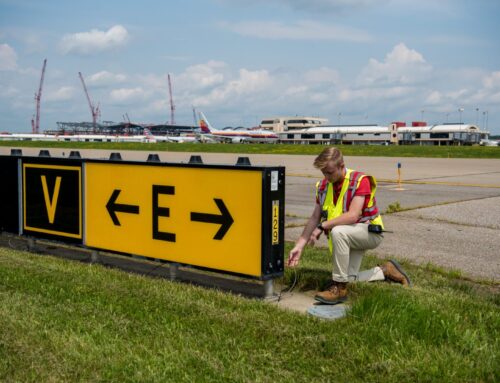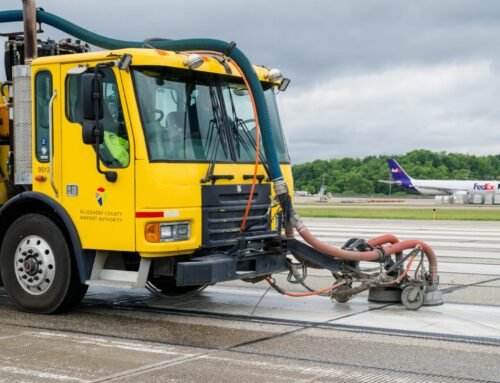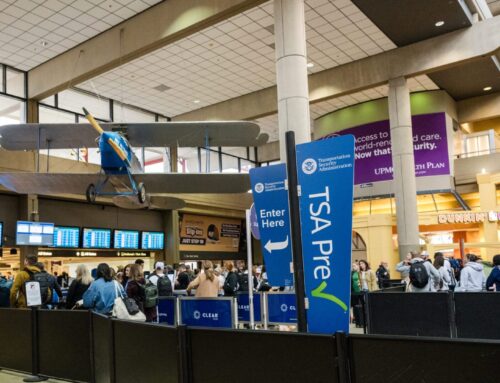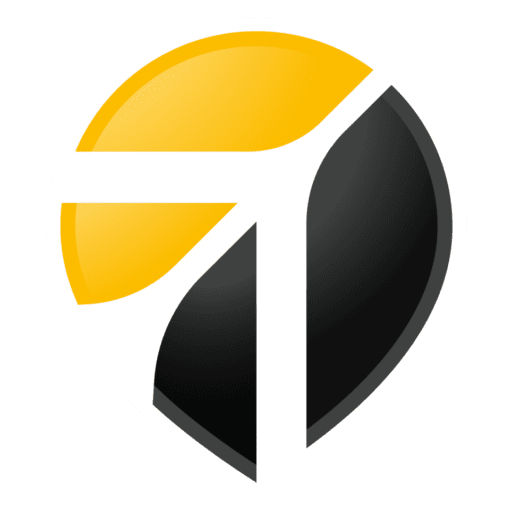TSA Preps for Busiest Summer Ever
With hundreds of millions of passengers traveling nationwide, TSA is ready to screen everything from luggage to cheese
By Natalie Fiorilli
Published May 24, 2019
Read Time: 2 mins

A record 263 million passengers will travel through U.S. airport security checkpoints this summer, an increase of 10 million from last year, according to Transportation Security Administration estimates.
“Here in Pittsburgh, I think we will see a bump as well,” said Lisa Farbstein, the TSA’s public affairs spokesperson. The agency estimates that airport security scanners at Pittsburgh International Airport will process about 17,000 passengers a day between this weekend and Labor Day.
And with all those passengers come luggage, shoes, laptops – even food.
“Food items are organic and they will trigger an alarm on an X-ray machine,” said Farbstein. “Sometimes agents will take a closer look at your food items. We’re not going to taste them, but we’re going to swab the packaging to detect any traces of explosives.”
Inside the Screening Process
After providing proper identification and boarding passes, passengers must remove their jackets and shoes and place them in a bin, along with electronic devices larger than cell phones. Additionally, travelers packing liquids in their carry-on bags must follow TSA’s “3-1-1” rule, which says that liquids must be in containers smaller than 3.4 ounces, and these items must be placed in one quart-size bag in one bin to go through screening.
While bags and bins on the conveyor belt go through an X-ray machine, travelers at most airports, including PIT, go through automated image technology machines, which screen individuals for metallic and non-metallic items, including liquid or plastic explosive devices.
At some airports, the use of computed tomography, or CT, technology is now being used to better detect possible threats at security checkpoints. CT scanning equipment provides a 360-degree, three-dimensional image of the item being scanned. Airports currently using CT technology include Hartsfield-Jackson Airport in Atlanta, Chicago O’Hare, Los Angeles International, and Phoenix Sky Harbor.
Tips to Get to the Gate Faster
TSA Precheck, a federal program that offers expedited security screening, allows passengers to go through security without removing their shoes, laptops, liquids, belts or jackets. A five-year membership costs $85, and the application process involves a brief in-person appointment, background check and fingerprinting.
Typically, travelers are approved for the program within two weeks of completing the application process. Farbstein noted that passengers going through the TSA Precheck line often clear security within 10 minutes, at no reduction in security.
“I think there’s often a misconception that people going through TSA Precheck are not screened. You still get screened,” she said, adding that the background checks and fingerprinting process identify low-risk travelers. “They still put everything through the X-ray machine, and you have to go through the automated image technology.”
Additionally, local TSA officials recommend that travelers arrive at the airport at least two hours before their scheduled flights, especially when checking bags. Passengers can also save time by reviewing the TSA’s policies regarding prohibited items in carry-on luggage here.

